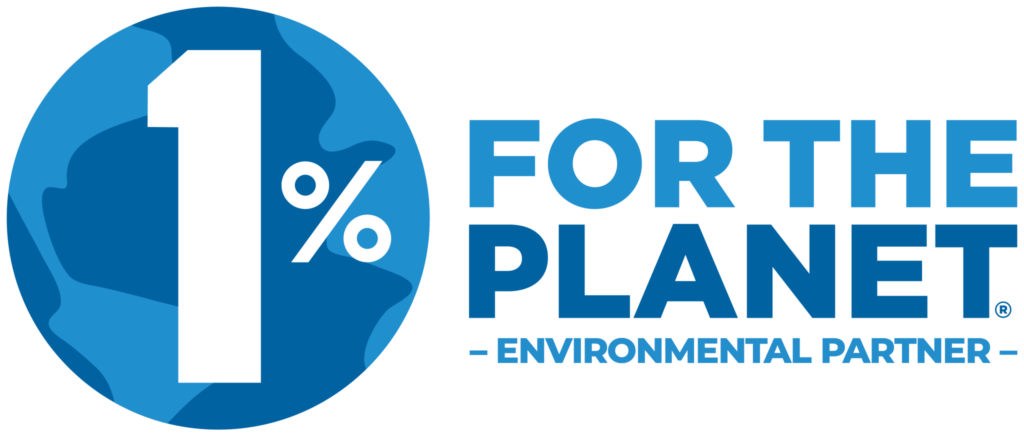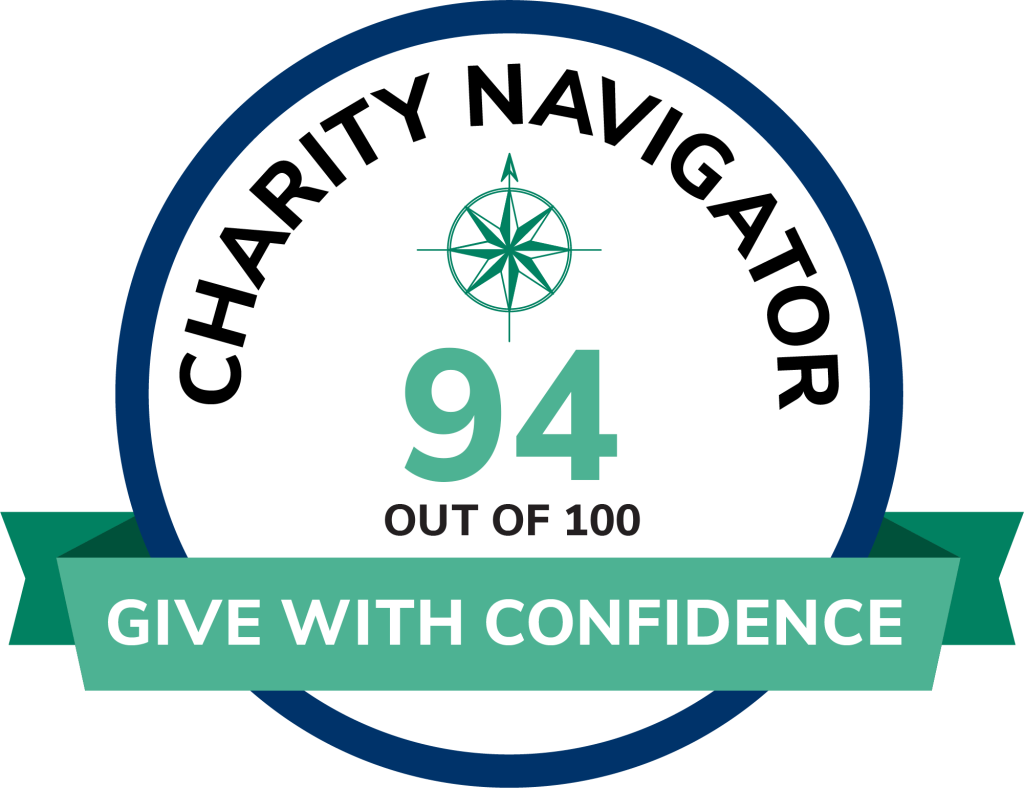Maryland Children’s Environmental Health Profile
Did you know 53% of children under 18 in Maryland live in counties with unhealthy levels of ozone pollution? Or that Maryland was 3.2 degrees Fahrenheit warmer in 2021 than 1970 (compared to the national average of 2.9 degrees)? There are about 1.4 million children in Maryland, and 12% live in poverty. Poverty is an important
social determinant of health; poverty hurts children and their families. Children of color and young children are disproportionately poor and experience many issues that lead to adverse health outcomes. All children deserve a safe and healthy environment to grow and develop.
This profile highlights key Maryland children’s environmental health indicators, federal support received by the states for environmental health, health equity and climate and health programs, and a spotlight feature on a children’s environmental-health related topical issue.
Continue reading to learn more about environmental hazards, children’s exposures, and children’s health outcomes in Maryland, or click the blue button to download the profile as a PDF.
Key Children’s Environmental Health Indicators for Maryland
What is a Children’s Environmental Health Indicator?
Maryland Spotlight: State Children’s Environmental Health and Protection Advisory Council
Unique to Maryland is its State Children’s Environmental Health and Protection Advisory Council (CEHPAC). The team of 19 rotating interdisciplinary members was established in November 2000 by the General Assembly to ensure that all children can grow up in a safe and healthy environment. It was propelled by the findings that children have preventable exposures to environmental hazards in the places they live, learn, and grow, and are at a greater risk than adults to get exposure to and illness from environmental hazards due to characteristics specific to their developmental stage. Children of color are disproportionately vulnerable to environmental hazards due to systemic racism. CEHPAC identifies pressing environmental hazards in Maryland and recommends solutions to reduce or eliminate children’s exposure to them. The nonpartisan group meets at least six times a year to review and comment on rules, regulations and standards, inform the public about environmental health hazards, advise the General Assembly on relevant legislation, and recommend uniform guidelines for state agencies. CEHPAC addresses issues such as lead hazards, climate change, and school integrated pest management programs, as well as emerging issues relevant to children’s health. This group has been active across multiple administrations and can serve as a model to others for how to adopt a system or structure to intentionally consider children’s environmental health at the state level.
Federal Support to Maryland within the past 5 years
Children’s Environmental Health Indicators Selection Criteria
Children’s environmental health indicators (CEHIs) are measures that can be used to assess environmental hazards, exposures, and their resulting health outcomes in children. The below criteria are used when determining which indicators to utilize:
- Relevance: Each headline indicator should be a clear, understandable indicator of children’s environmental health, with broad relevance for a range of audiences at the state level – with relevance to the national level.
- Representativeness: The indicators as a package should provide a representative picture of children’s health and relation to the environment.
- Traceability: Each indicator should be calculated using an agreed-upon (and published) method and accessible and verifiable data.
- Timeliness: Each indicator should be calculated regularly (at least biennially), with a short lag between the end of the period and publication of the data.
- Data adequacy: The available data needed for the indicator must be sufficiently robust, reliable and valid.
- Universality: Indicators must be comparable across all or very nearly all 50 U.S. states. [/expand]
Indicator Notes and References
Safe Drinking Water
Air Quality
- Indicator Note: In this profile, counties with “unhealthy” ozone pollution are those receiving a grade of D or F for ozone pollution in the American Lung Association’s 2022 State of the Air report. Approximately 706,946 or 53% of Maryland children live in counties where ozone pollution is not monitored or for which there are less than 3 years of data.
- Reference: American Lung Association. 2022 State of the Air. Report card: Maryland. Data from U.S. Environmental Protection Agency’s Air Quality System Accessed May, 2022.
Warming Temperature
- Indicator Note: Warming matters — it drives most of the hazards associated with climate change such as extreme weather, heat days, droughts and heavy downpours. Children are more vulnerable to the hazards driven by warming temperatures, such as heatwaves, droughts, flooding, and many other cascading effects. Climate change causes an increase in the frequency and severity of temperature anomalies, extreme weather, and natural disasters globally.
- Reference: American Warming: NOAA National Centers for Environmental Information. Climate at a Glance: Statewide Time Series, retrieved May 2022. .
Toxic Chemicals
- Indicator Note: EPA’s Toxics Release Inventory (TRI) tracks the management of certain toxic chemicals that may pose a threat to human health and the environment. Certain industrial facilities in the U.S. must report annually how much of each chemical is disposed of or released on and off site. Many of these chemicals are known carcinogens, developmental toxicants, and neurotoxicants, such as arsenic, lead and mercury, that adversely impact children’s health.
- Reference: Summary of 263 Toxic Release Inventory Facilities in Maryland. Reporting Year 2020. Accessed May, 2022.
Neurodevelopmental Disorders
- Indicator Note: Mounting scientific research links environmental exposures with risk of Attention-Deficit Hyperactivity Disorder (ADHD). Attention-Deficit Disorder (ADD) and Autism Spectrum Disorder (ASD). Neither genetics nor changing diagnosis or other artifacts fully account for the increased incidences of these conditions. ADHD, ADD and ASD data are for California children aged 3-17 ages.
- Reference:
- ADHD, ADD, and ASD prevalence. 2019-2020 National Survey of Children’s Health. Title V Maternal and Child Health Services Block Grant National Performance and Outcome Measures. Prevalence of current ADD or ADHD, age 3-17 years; and Prevalence of current Autism or Autism Spectrum Disorder (ASD), age 3-17 years. Data Resource Center for Child and Adolescent Health. Maternal and Child Health Bureau, Health Resources and Services Administration. Accessed May,2022
- Environmental exposures contribute to ADHD/ADD, ASD, and asthma. NIEHS/EPA Children’s Environmental Health and Disease Prevention Research Centers. 2017 Impact Report.
Asthma
- Indicator Note: A wealth of research links exposure to poor outdoor air quality, including high concentrations of ground-level ozone, with the exacerbation of children’s respiratory illnesses, including asthma. Several studies link it with the onset of childhood asthma.
- Reference: Asthma prevalence. 2019-2020 National Survey of Children’s Health. Title V Maternal and Child Health Services Block Grant National Performance and Outcome Measures. Prevalence of current asthma, age 0-17 years. Data Resource Center for Child and Adolescent Health. Maternal and Child Health Bureau, Health Resources and Services Administration. Accessed May,2022
Pediatric Cancer
- Indicator Note: Although cancer in children is rare, the rate of pediatric cancer has been increasing since the 1970s. It is the leading disease related cause of death past infancy in U.S. children, Neither genetics nor improved diagnostic techniques can explain the increased rate. According to the President’s Cancer Panel’s 2008-2009 Annual Report, “the true burden of environmentally induced cancer has been grossly underestimated”
- Reference: Maryland Childhood Cancers Incidence. Request for children age 0-19. Age-adjusted rate for 2008-20118. Centers for Disease Control and Prevention. Wide-ranging Online Data for Epidemiologic Research (WONDER). Accessed May, 2022
- President’s Cancer Panel. 2008-2009 Annual Report. Reducing Environmental Cancer Risk. National Cancer Institute, National Institutes of Health.
Blood Lead Levels
- Indicator Note: In 2018, 30.1% of Maryland children under age 6 were tested for blood lead levels (BLLs). Of those tested, 1.7% had a BLL ≥ 5 μg/dL. Often the most vulnerable children are not tested, and not all who are tested get reported, so this is likely an underestimate of the true scope of children’s elevated blood lead in Maryland. There is no safe level of lead exposure for children. A potent neurotoxicant, lead reduces IQ and impairs other cognitive, behavioral, and developmental functions. In 2021, the CDC lowered the BLL reference value from 5 to 3.5 μg/dL, but much of the available data still categorizes “elevated” BLLs as being 5 ug/dL or higher.
- Reference:
- National Childhood Blood Lead Surveillance Data. Centers for Disease Control and Prevention. Accessed May, 2022.
- Under-testing and Under-reporting of children’s blood lead levels. Assessing Child Lead Poisoning Case Ascertainment in the US, 1999–2010. Eric M. Roberts, Daniel Madrigal, Jhaqueline Valle, Galatea King and Linda Kite. Pediatrics April 2017, e20164266; DOI: https://doi.org/10.1542/peds.2016-4266.
Poverty
- Reference:
Federal Support to Maryland
- References:
- CDC Childhood Lead Poisoning Prevention. Maryland. Accessed September, 2021.
- ATSDR State Cooperative Agreement Program. APPLETREE map. Accessed on June, 2021.
- CDC National Asthma Control Program. Accessed June, 2021.
- CDC Environmental Public Health Tracking Network. Maryland Tracking Program. Accessed June, 2021.
- CDC State Biomonitoring Programs. Accessed June, 2021.
Maryland Spotlight
- References:
- Children’s Environmental Health and Protection Advisory Council. About.Accessed May 2022.
All children deserve and need a safe and healthy environment to grow and develop. They need clean air to breathe, safe water to drink, nutritious food to eat, and healthy places in which to live, learn, and play. Early exposure to harmful agents can lead to acute and chronic adverse outcomes. Infants and children are especially vulnerable to environmental exposures because they breathe, eat and drink more, in proportion to their body size, than do adults, and because their bodies and brains are still developing.
A blueprint for Protecting Children’s Environmental Health Network set out to identify a set of CEHIs that can be used to provide an understanding of children’s environmental health at the state level. Through this process, CEHN found that robust, valid, and regularly updated state level data–that are comparable across most states–were not readily accessible. States need adequate funding and capacity to collect and make accessible reliable CEHI data in order to set goals and track progress towards improving children’s health.
Children are our future – society has a moral obligation to protect them. Exposure to environmental hazards can and must be prevented. Prevention requires strong environmental regulations, fully funded and supportive public and environmental health programs and a robust workforce.
Jump to Another State:







